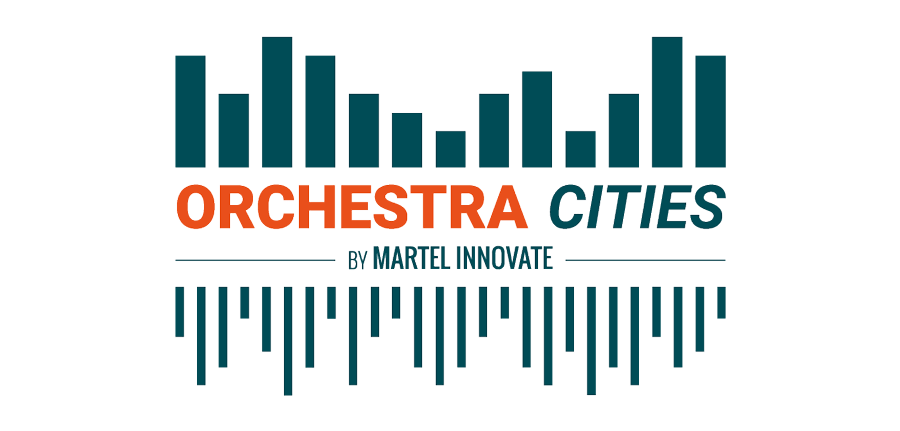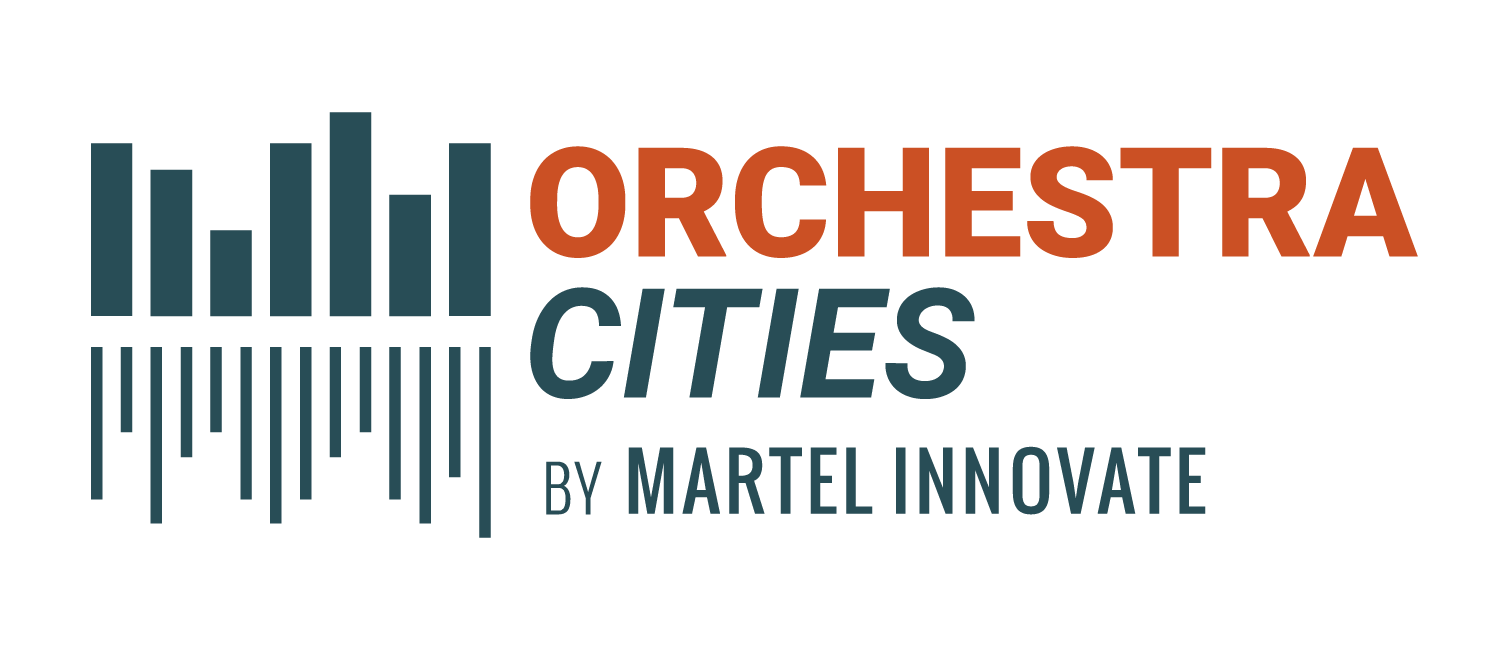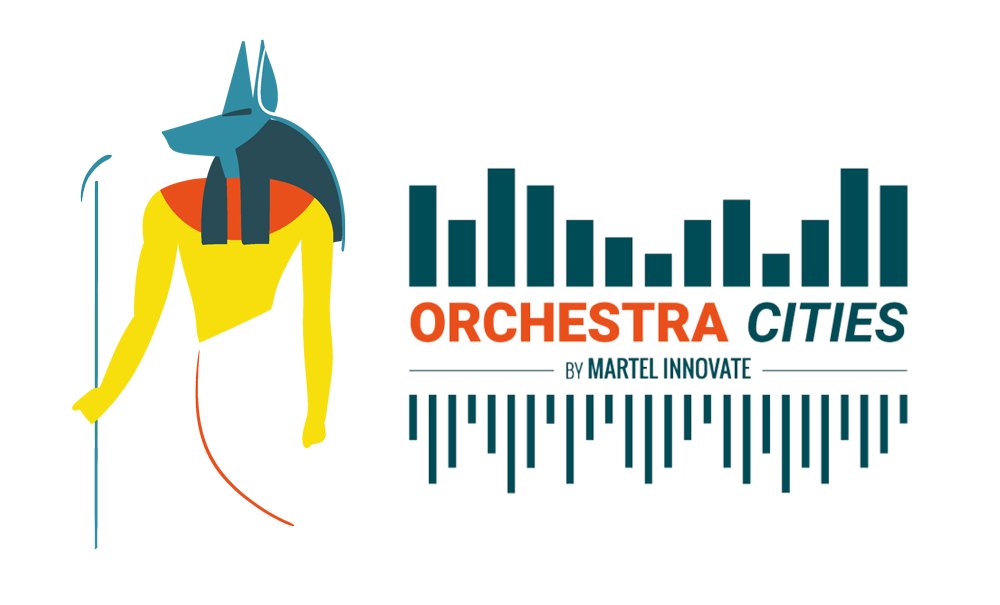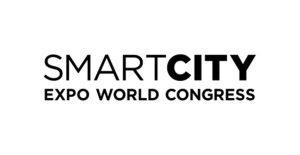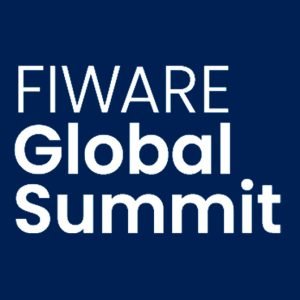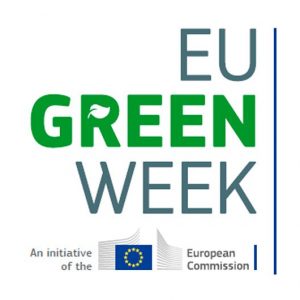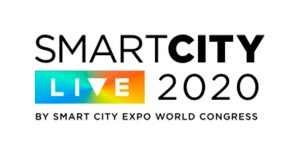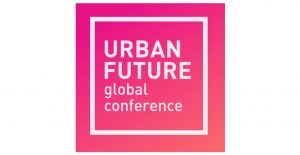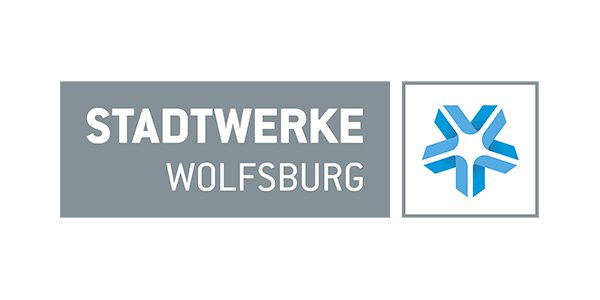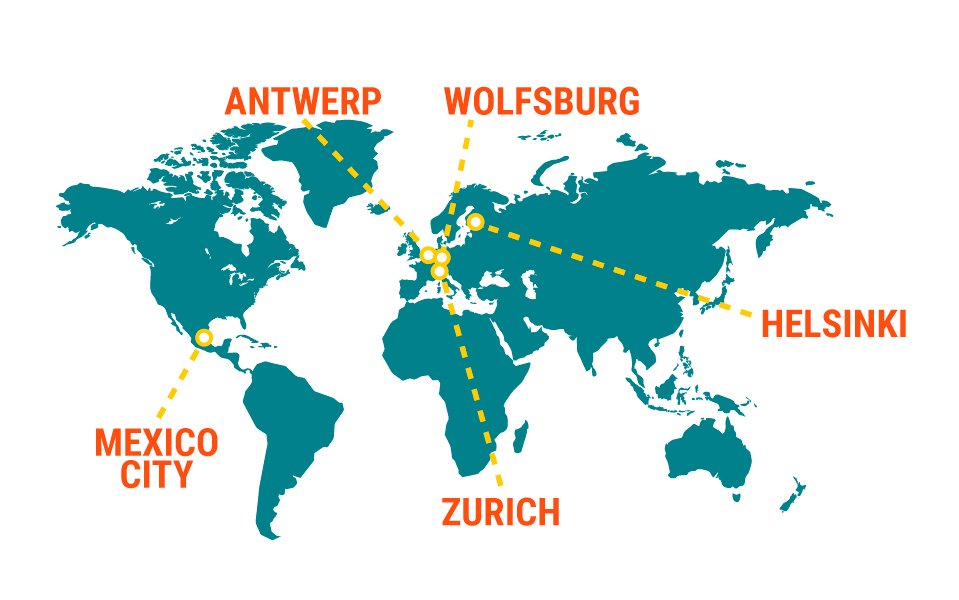AN OPEN SOURCE PLATFORM ENABLING DIGITALLY EMPOWERED AND SUSTAINABLE SMART CITIES AND SMART COMMUNITIES.
By allowing cities to easily collect, process and share data, analytics insights and services, Orchestra Cities provides the foundation for a citizen-centric IoT-based platform able to help reduce their costs and drive their digital transformation.
Orchestra Cities is designed as a multi-function platform allowing a broad range of IoT-enabled applications and services, including waste and water management, transportation, air quality monitoring, traffic and parking, and more, to be effectively defined, offered and monitored.
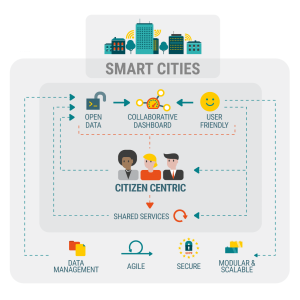
ORCHESTRA CITIES IS A DATA AND IOT-DRIVEN SOLUTION DESIGNED TO CONNECT SMART DEVICES, CITIZENS AND CITIES IN A SUSTAINABLE, INTEROPERABLE AND SCALABLE ENVIRONMENT.
– FEATURES –
WHAT ORCHESTRA
CITIES OFFERS:
CITIES OFFERS:

The Orchestra Cities software platform is offered by Martel Innovate.
– COMPONENTS –
WHAT MARTEL CREATED
FOR ORCHESTRA CITIES:
FOR ORCHESTRA CITIES:
QuantumLeap
QuantumLeap is a REST service for storing, querying and retrieving NGSI v2 and NGSI-LD spatial-temporal data. QuantumLeap stores data in a time-series database, associating each database record with a time index and, if present in the NGSI data, a location on Earth. Clients can then retrieve NGSI entities by filtering entity sets through time ranges and spatial operators. Note that, from the client’s stand point, these queries are defined on NGSI entities as opposed to database tables.
Quantum Leap enables sophisticated, multi-dimensional visualization of data, such as air quality, as part of Orchestra Cities scalable back-end delivering real-time data streams to both Web dashboards and end-user mobile applications, as well as data analytics and time series analysis of such contextually enriched data.
LoRaWAN IoT Agent
Orchestra Cities uses a new version of FIWARE LoRaWAN IoT Agent interfacing IoT devices and NGSI-LD APIs. The new version, developed together by Martel and our partners at ATOS, enables the support for LoRaWAN IoT devices integrated with The Things Network v3 API. The IoT Agent for LoRaWAN protocol enables data and commands to be exchanged between IoT devices and the NGSI-LD interface of a context broker using the LoRaWAN protocol. The LoRaWAN specification is a Low Power, Wide Area (LPWA) networking protocol designed to wirelessly connect battery-operated devices to the internet in regional, national or global networks, and targets key IoT requirements such as bi-directional communication, end-to-end security, mobility and localization services.
This IoT agent provides interoperability between FIWARE NGSI-LD Context Brokers and LoRaWAN devices. MARTEL provided different bug fixes and introduced support for The Things Network v3 API.
Anubis
Anubis provides portable data authorisation policies, linked to the data they protect and usable in multi-platform distributed settings. All these capabilities are essential enablers for data sovereignty: Data owners aim at retaining control on security and privacy policies over their own data, wherever they are, and possibly in a homogeneous and friendly way. Data policies regulate different aspects of data access: who can access it, which parts are accessible, what are the authorised purposes. By enriching existing data APIs with decentralised data sovereignty by means of portable and owner-defined data policies, Anubis both increases trust over such APIs and improves their interoperability.
Orchestra Cities, but also any other Anubis-empowered platform, can thus guarantee data owners will retain sovereignty over their data, according to their rules and evolve them together, everywhere.
